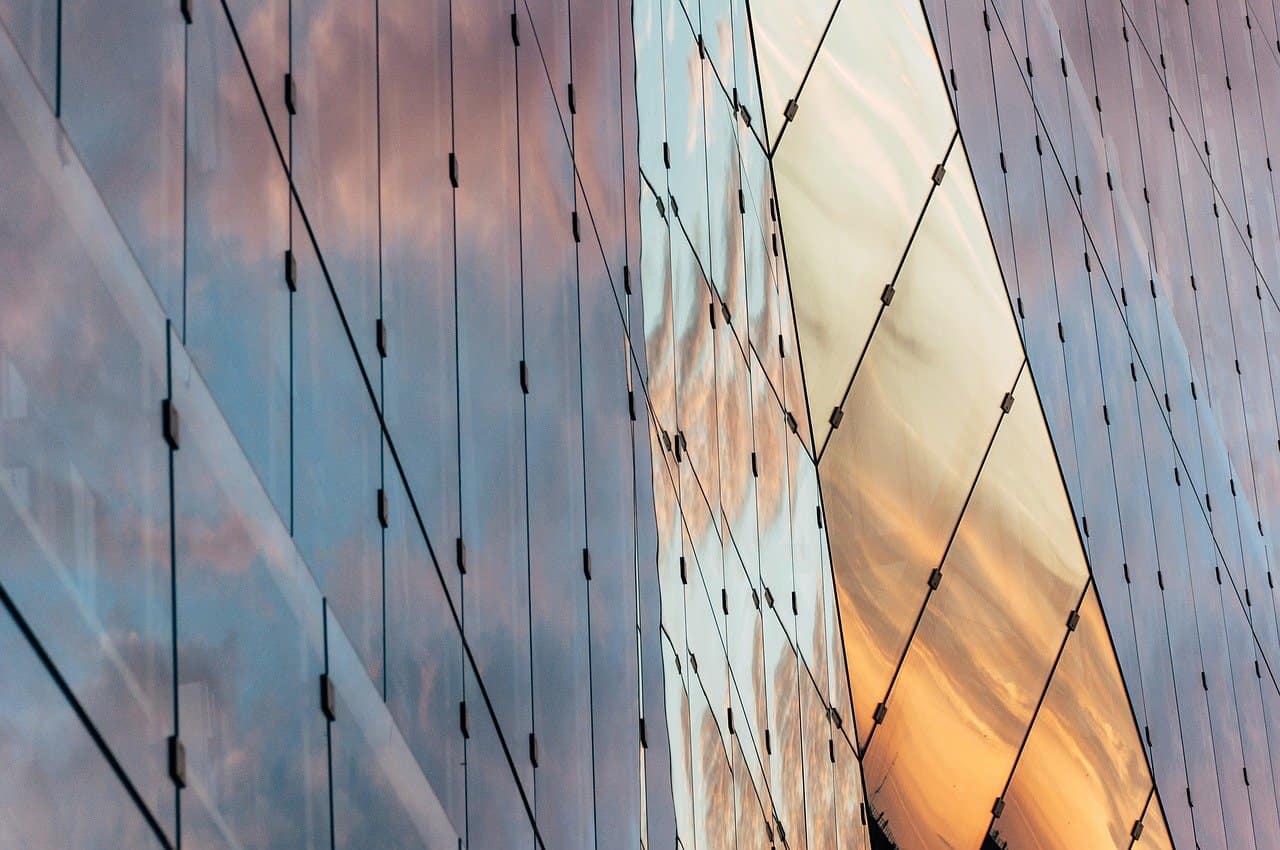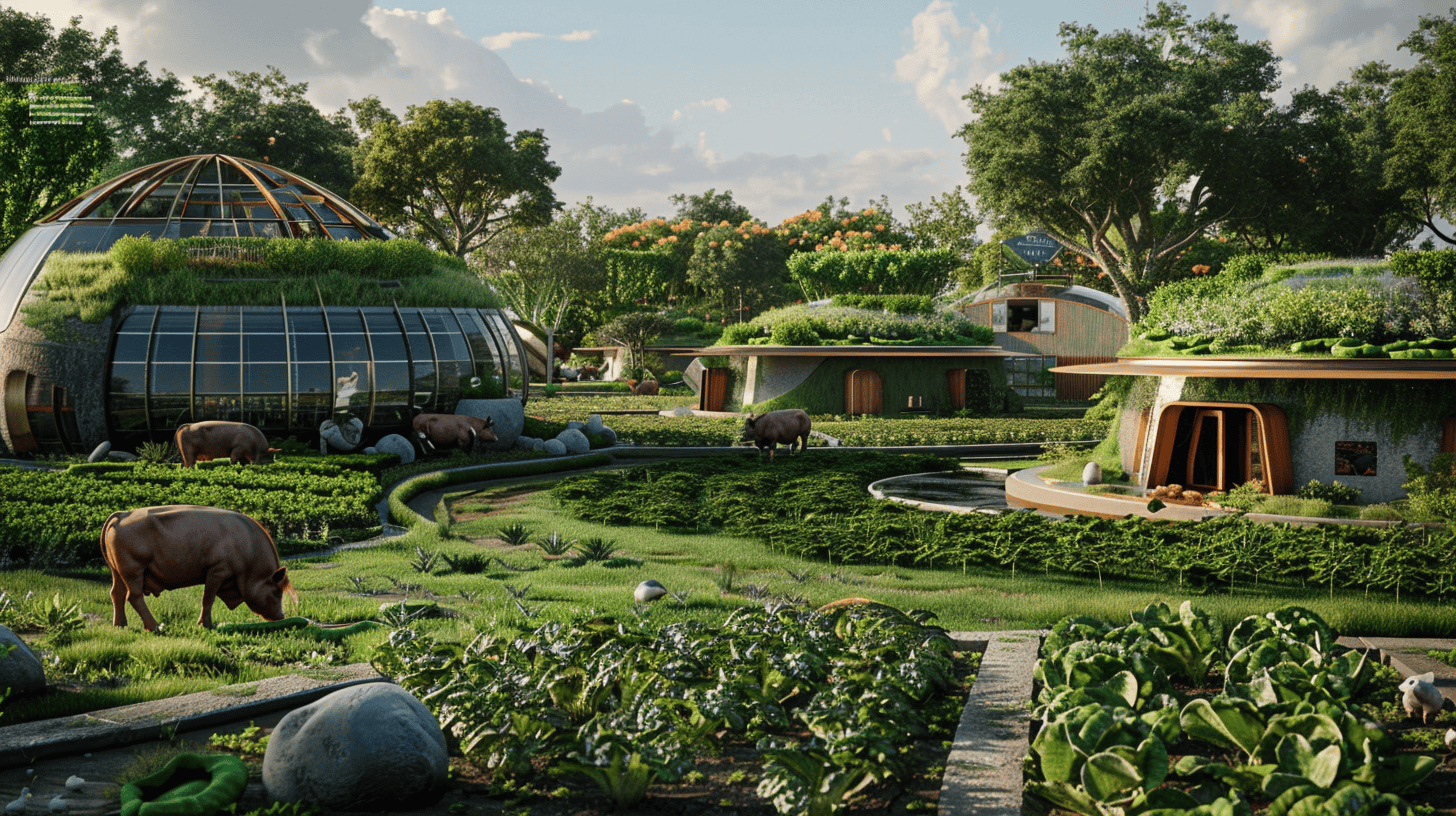
A warm house in winter and cool rooms in the summer without using heating, ventilation or air conditioning (HVAC): it is a dream for many homeowners – and now, a soon-to-be reality.
After over 20 years of research, TNO and Brightlands Materials Center have achieved a groundbreaking milestone in thermochromic coating technology for windows. Next year, these innovative smart windows are set to hit the market, promising to revolutionise energy efficiency in buildings.
Why this is important:
Thermochromic window technology offers a sustainable solution to reducing energy consumption and costs in energy bills. It is environmentally friendly and cost-efficient.
Windows that work smarter, not harder
The efforts of scientists like Daniel Mann have led to this technological breakthrough. The smart windows leverage thermochromic materials that adapt their structure based on temperature changes. In the summer, the windows block heat from the sun, responding to the building’s energy needs, while in winter, they allow heat to penetrate, welcoming sunlight’s warmth.
Initially, the technology will be available for new window installations. However, TNO is also working on a retrofit solution. This approach would make it possible for older buildings to benefit from the same energy-saving technology without the need for complete window re-installations.
Retrofitting the future of sustainability
The implications of this invention are major, for pockets and ecosystems. Traditional glass windows are often the least energy-efficient component in a building’s structure, making us reliant on HVAC systems. Currently, such devices account for 40-60% of energy consumption in buildings, translating to about 15% of global energy use. By enhancing the energy efficiency of windows, thermochromic smart windows can substantially reduce this dependency, contributing to higher energy conservation and sustainability.
Environmental benefits are not the only advantage. Homeowners stand to save significantly on energy costs. Of course, this will depend on the building’s design and sunlight exposure. However, it is estimated that energy bills could be reduced by up to €500 annually. Buildings with a high window-to-wall ratio could see energy consumption reductions of 20-25% and regions with hot summers and cold winters will be particularly benefitted by this innovation.
This innovation not only promises substantial cost savings for homeowners but also represents a significant step forward in sustainable living.


